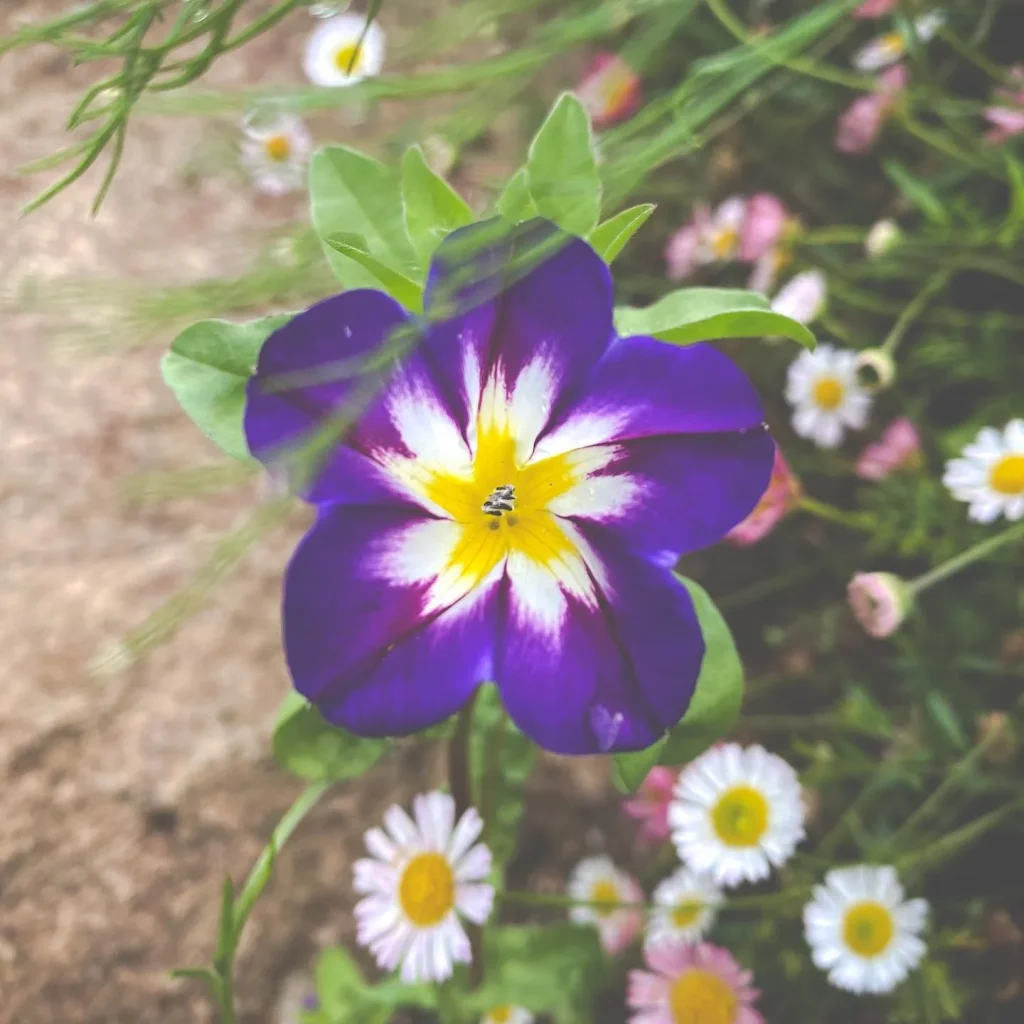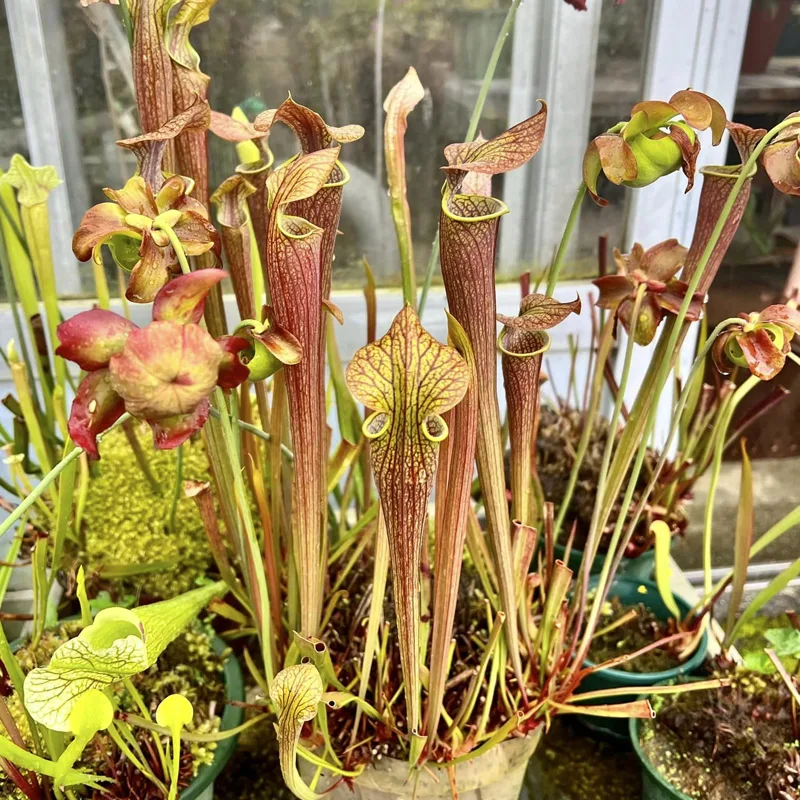What is Magnolia Dawsoniana?
Magnolia Dawsoniana, commonly known as Dawson’s Magnolia, is a remarkable deciduous tree native to China. With its stunning large, creamy-white flowers that often have a lemony scent, it makes a striking addition to any garden. The tree itself can grow up to 30 feet tall, boasting an attractive, rounded canopy. The foliage is equally impressive, with broad, ovate leaves that offer a lush, green backdrop to the blooming flowers.
371 Species in Genus Magnolia
How to Care for Magnolia Dawsoniana?
Taking care of Magnolia Dawsoniana requires some attention to detail, but it’s well worth the effort for its stunning blooms. Here’s a breakdown of the care needs:
- Soil: Magnolia Dawsoniana thrives in well-draining, loamy soil. It prefers slightly acidic to neutral soil pH. Ensure the soil is rich in organic matter to support healthy growth.
- Light: This magnolia does best in full sun to partial shade. It requires at least six hours of direct sunlight daily to encourage robust flowering.
- Watering: Regular watering is essential, especially during dry spells. Keep the soil consistently moist but not waterlogged. Mulching around the base can help retain soil moisture and regulate temperature.
- Fertilization: Apply a balanced, slow-release fertilizer in early spring to support new growth and flowering. Avoid over-fertilizing, as this can lead to excessive foliage growth at the expense of blooms.
- Pruning: Prune Magnolia Dawsoniana after flowering to maintain its shape and remove any dead or diseased wood. Light pruning helps promote a well-balanced canopy.
How to Propagate Magnolia Dawsoniana?
Propagating Magnolia Dawsoniana can be achieved through several methods:
- Seed Propagation: Collect seeds from mature trees in the fall. Stratify them in a cold, moist environment for about 60 days before planting. Sow the seeds in a well-draining seed-starting mix and keep them in a warm, sunny location.
- Cuttings: Take semi-hardwood cuttings in late summer. Dip the cut ends in rooting hormone and plant them in a moist, well-draining medium. Keep the cuttings in a humid environment until they establish roots.
- Grafting: This method involves grafting a cutting from a desirable variety onto a rootstock. This technique is often used to ensure the new plant maintains specific characteristics of the parent tree.
What to Plant With Magnolia Dawsoniana?
When planning your garden around Magnolia Dawsoniana, consider companion plants that complement its beauty:
- Azaleas and Rhododendrons: These plants offer a beautiful contrast with their vibrant flowers and evergreen foliage.
- Hostas: Their lush foliage creates a pleasing ground cover and works well in shaded areas around the magnolia.
- Japanese Maples: These provide an excellent backdrop with their delicate, colorful foliage.
- Spring Bulbs: Daffodils or tulips can add a splash of color in early spring before the magnolia begins to bloom.
Is Magnolia Dawsoniana Toxic?
Magnolia Dawsoniana is not known to be toxic to pets or humans. Its flowers and leaves are generally safe, but as with all plants, it’s best to prevent pets from chewing on them to avoid any potential digestive upset.
Benefits and Common Problems
Benefits:
- Aesthetic Appeal: With its large, fragrant flowers and attractive foliage, Magnolia Dawsoniana is a showstopper in any garden.
- Wildlife Friendly: The flowers attract pollinators like bees and butterflies, making it a great choice for a wildlife-friendly garden.
- Shade Provider: Its broad canopy offers excellent shade, which can help cool down garden spaces.
Common Problems:
- Pest Issues: Magnolia Dawsoniana can occasionally be troubled by pests such as scale insects or aphids. Regular inspection and appropriate treatments can help manage these issues.
- Diseases: Watch out for fungal diseases like leaf spot or powdery mildew. Ensuring good air circulation and avoiding overhead watering can help prevent these problems.
- Temperature Sensitivity: In areas with extremely cold winters, the tree may suffer from frost damage. Planting it in a sheltered location or using protective measures during cold snaps can mitigate this risk.
Comparison with Similar Magnolia Species
Magnolia Grandiflora: While both Magnolia Dawsoniana and Magnolia Grandiflora produce impressive flowers, the latter is an evergreen species with larger, leathery leaves. Magnolia Grandiflora is also more tolerant of varying soil conditions compared to Dawson’s Magnolia.
Magnolia Stellata: Magnolia Stellata, or Star Magnolia, is a smaller, shrub-like plant with star-shaped flowers. It’s ideal for smaller gardens or as a specimen plant. In contrast, Magnolia Dawsoniana is a larger tree with larger, cup-shaped flowers.
Magnolia Soulangeana: Also known as Saucer Magnolia, this species is renowned for its large, saucer-shaped flowers and can be quite similar in appearance. However, it tends to be more resilient to varying soil conditions compared to Magnolia Dawsoniana.
In summary, Magnolia Dawsoniana is a stunning addition to any garden with its large, fragrant blooms and attractive foliage. By providing the right care, considering suitable companions, and addressing potential issues, you can enjoy the beauty of this remarkable tree for many years.
If i die, water my plants!



